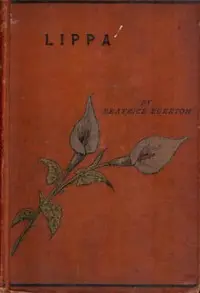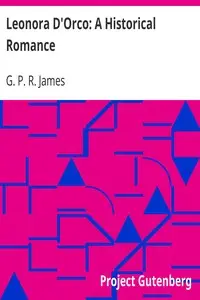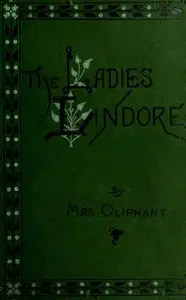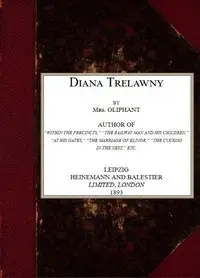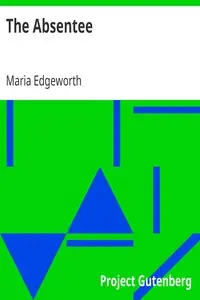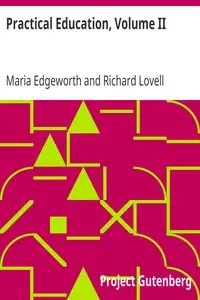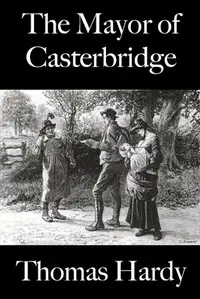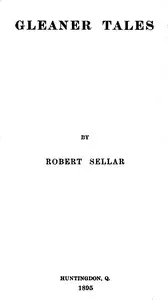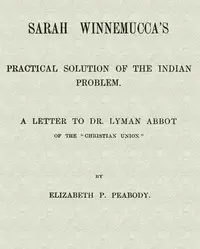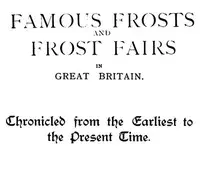"Leonora" by Maria Edgeworth is a story set in the 1800s that looks at the hard situations and expectations put on women at the time through characters named Lady Olivia and Lady Leonora. Lady Olivia feels stuck because society judges women unfairly and is not happy with her marriage, while Lady Leonora tries to stick to her own ideas about what is right and is loyal to Lady Olivia, even when it's difficult. The story is told through letters between the two women, and it hints at even bigger problems to come about being honest, what society wants, and how to find happiness when things are so unfair.
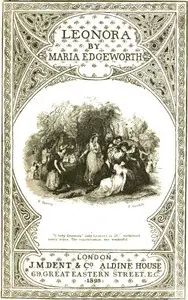
Leonora
By Maria Edgeworth
In a world of societal constraints, two women navigate love, loyalty, and the weight of expectations in their quest for personal truth.
Summary
About the AuthorMaria Edgeworth was a prolific Anglo-Irish novelist of adults' and children's literature. She was one of the first realist writers in children's literature and a significant figure in the evolution of the novel in Europe. She held critical views on estate management, politics, and education, and corresponded with some of the leading literary and economic writers, including Sir Walter Scott and David Ricardo. During the first decade of the 19th century she was one of the most widely read novelists in Britain and Ireland. Her name today is most commonly associated with Castle Rackrent, her first novel, in which she adopted an Irish Catholic voice to narrate the dissipation and decline of a family from her own landed Anglo-Irish class.
Maria Edgeworth was a prolific Anglo-Irish novelist of adults' and children's literature. She was one of the first realist writers in children's literature and a significant figure in the evolution of the novel in Europe. She held critical views on estate management, politics, and education, and corresponded with some of the leading literary and economic writers, including Sir Walter Scott and David Ricardo. During the first decade of the 19th century she was one of the most widely read novelists in Britain and Ireland. Her name today is most commonly associated with Castle Rackrent, her first novel, in which she adopted an Irish Catholic voice to narrate the dissipation and decline of a family from her own landed Anglo-Irish class.


